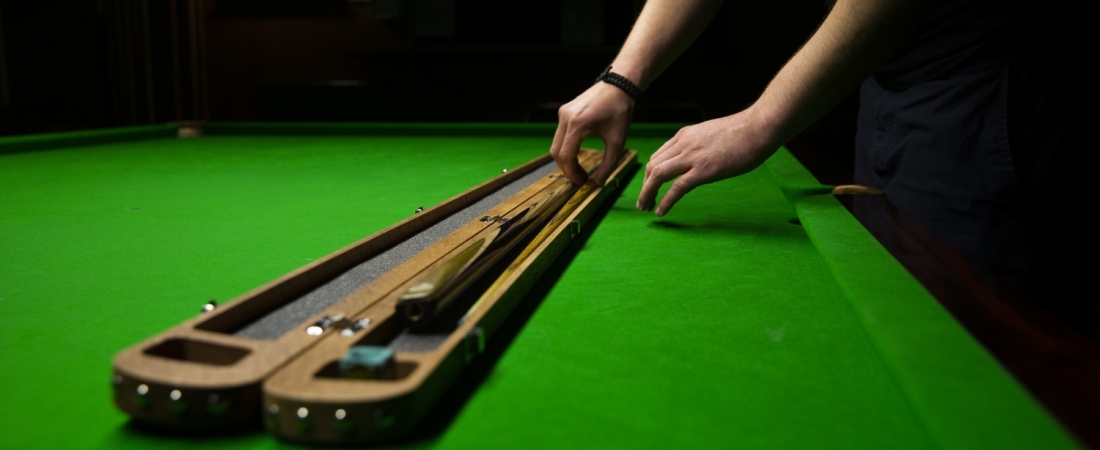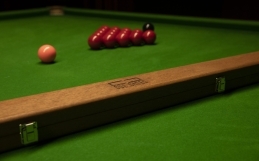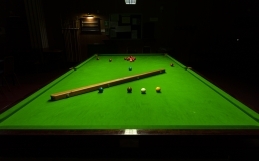CueCases’ Two Stage Guide to Buying the Perfect Cue: Part 2
It’s all in the details…
Now you’ve read part one of CueCases’ cue purchasing guide, it’s time to consider the finishing touches.
Read on to ensure you’re ticking all the right boxes.
It’s a Wrap
The next variable element to consider when selecting your new cue is the wrap finish (the part of the cue that you hold with your back hand). Leather, linen and rubber are popular choices; however, some cues don’t have any wrap at all. It’s vital that the wrap feels comfortable as this is the area of the cue that has the most contact with your skin. Don’t just choose according to aesthetics here, physically touch the material to see which option suits you best. If you decide on a rubber finish, ensure you select good quality that feels dry and smooth without any stickiness as rubber usually has a far shorter life span than more traditional leather or linen options.
Bare wood or fibreglass isn’t suitable for players who suffer from sweaty hands during a game, try an absorptive leather or linen finish to negate the risks of slipping and throwing off that all-important shot.
Straight and Narrow
The epitome of the perfect cue is one that is perfectly straight! With today’s modern manufacturing methods, a crooked cue is highly unlikely however it’s still prudent to check for any abnormalities before making your purchase. Pick up the cue and hold the butt up to eye level; stare down the length and slowly spin the circumference to ensure you’ve thoroughly checked the entire surface.

Top Tip
The next factor to consider when selecting your new cue is the tip, which are available in soft, medium and hard varieties. Each type creates a slightly different reaction when taking a shot so it’s worthwhile to select a tip that matches your playing style. A soft tip is perfect if you execute a lot of spin on the cue ball but do tend to misshape relatively quickly. On the other hand, hard tips allow for less spin but last for much longer. Medium tips are a good middle ground that generally come fitted as standard on new cues.
If your priority is convenience, steer clear of soft tips, they require regular maintenance, checks and replacements. Conversely, the far more robust harder varieties that require very minimal maintenance, can produce a suboptimal effect on your shot, especially if you’re prone to hitting the cue ball off centre, as it tends to glance off the ball.
Good Vibrations
Be sure to select a cue with the very least vibration within your budget, as higher levels of vibration when striking the cue ball results in a less smooth shot and consequently suffering scores. Feel the vibration in your hand when taking a shot and listen to the sound of the cue hitting the ball; a loud click usually indicates a strong vibration whereas a softer ‘pop’ sound tends to indicate lower levels.
Take all the steps covered in CueCases’ essential two-part cue buying guide into consideration to find the perfect cue to compliment your build and playing style. You’ll be on your way to pool prodigy in no time!







